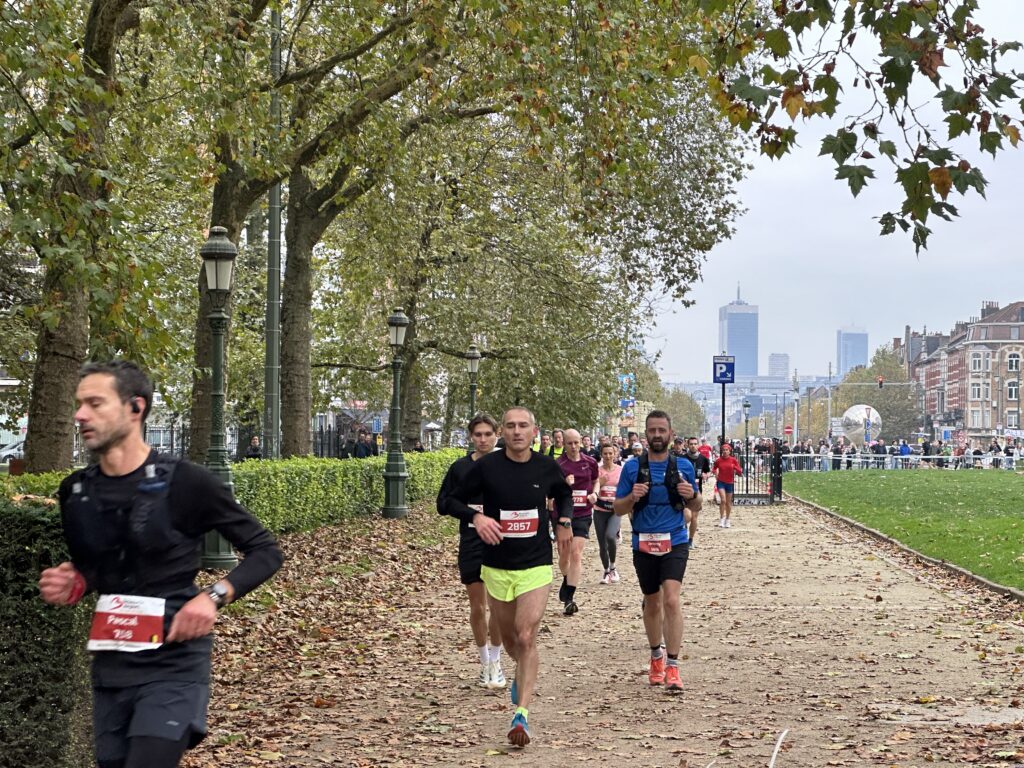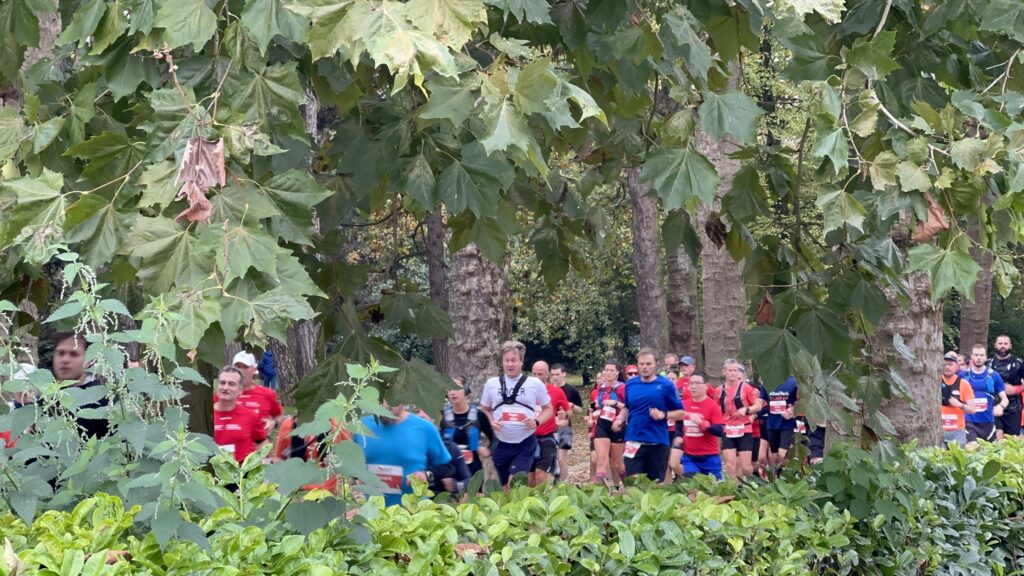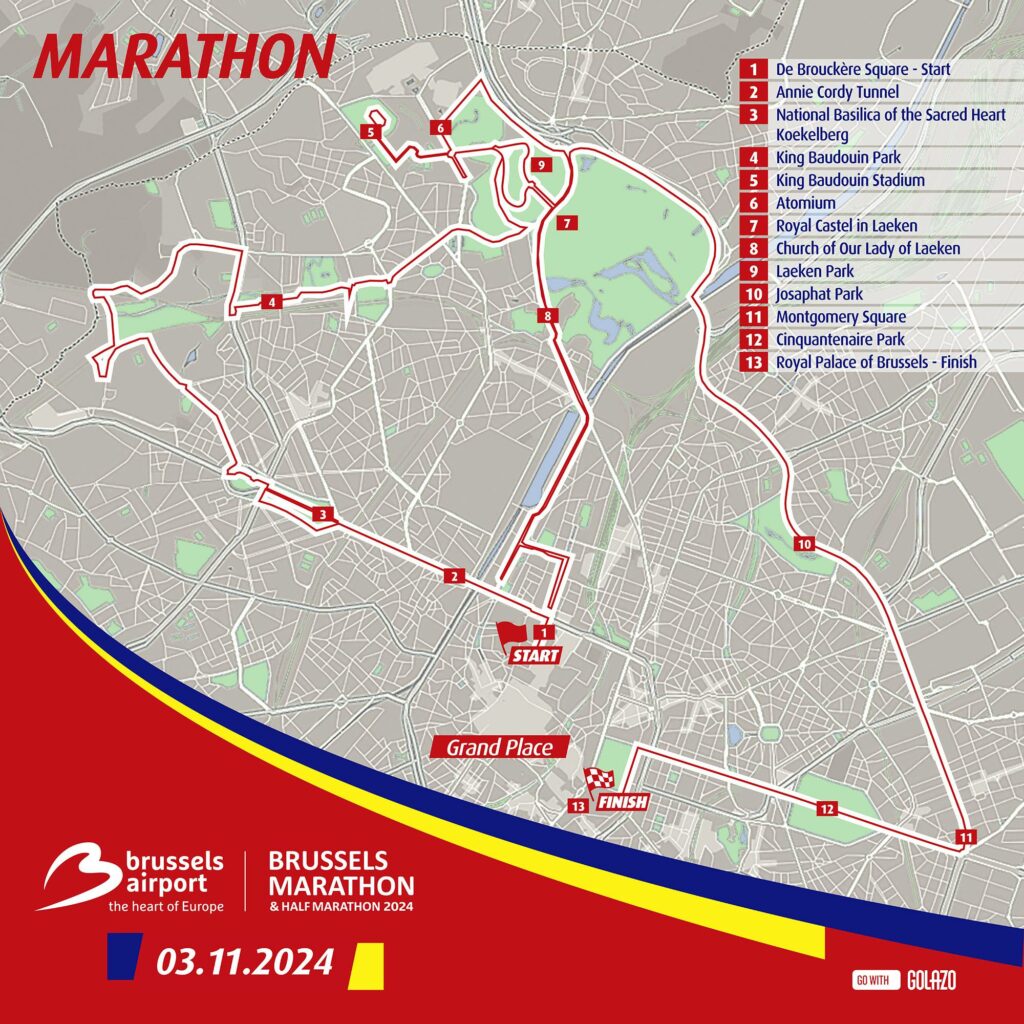The Impact of Air Pollution on Athletes' Health: A Review of Risks and Recommendations

The Brussels Marathon being a popular event in the heart of the city, it is interesting to note the lack of awareness the health risks of air pollution in an urban setting on the everyday athlete. Air pollution presents significant risks to health, both in the short and long term, particularly for individuals who engage in outdoor physical activity as they breathe more heavily and inhale greater amounts of polluted air, which can have serious repercussions. While Brussels is not amongst the most polluted cities in the world, it still accumulates concentrations above thresholds established by the World Health Organisation when it comes to air pollution. It’s important to stay aware of the health effects, and how to train in the most optimal conditions for an enhanced athletic performance.
How can air pollution affect an athlete?
Short-Term Effects
- Increased systolic blood pressure: Exposure to pollutants can cause immediate cardiovascular responses, leading to elevated blood pressure.
- Bronchial inflammation and reduced pulmonary flow: These effects result from the inhalation of fine particulate matter (PM2.5) and nitrogen dioxide (NO2), which irritate the airways.
- Respiratory symptoms: Athletes may experience coughing, shortness of breath, chest tightness, and headaches after exercising in polluted environments. The inability to breathe deeply and throat irritation are common complaints, alongside a higher heart rate than usual.
Long-Term Effects
The long-term impact of exercising in polluted air is less clear. Studies suggest that the benefits of physical activity in a polluted environment may not be as substantial as they would be in a cleaner setting, but they still generally outweigh the risks. However, a key concern is the cumulative effect of repeated exposure to pollution over time, particularly during periods of high pollution.

Case Study: São Paulo
A mathematical model-based study in São Paulo provides critical insights into the risks of air pollution on athletic performance. It suggested that while running in less polluted environments generally improves health, in highly polluted cities, the health benefits of doing physical activity diminish after just 15 minutes of exercise. In young, healthy men, the health risks from air pollution outweigh the benefits of physical activity after approximately 75 minutes of exercise. While the study doesn’t account for all possible pollutants, it highlights the hazards of prolonged physical activity in heavily polluted urban settings.
Research on Athletes' Responses to Pollution
Not all athletes react the same way to air pollution. A 1980 study found that, among athletes exposed to high concentrations of ozone, 68% suffered from significant or severe airway obstruction, while the remaining 32% experienced bronchial dilation—a normal response to exercise, though this effect diminished with continued exposure to pollution. This variability shows that some athletes are more sensitive than others to the harmful effects of pollution.
Common Symptoms to Watch For
Athletes should be alert to the following symptoms during training in polluted environments:
- Coughing
- Shortness of breath or inability to breathe deeply
- Chest tightness
- Headaches
- Throat irritation
- Elevated heart rate
These symptoms are indicators of the body’s reaction to poor air quality and ignoring them can exacerbate the risk of more serious respiratory or cardiovascular conditions.
Physiological Considerations During Exercise
During physical activity, ventilation increases significantly. At rest, we typically ventilate 6-8 liters of air per minute, but this can increase up to 30-40 liters per minute during exercise, particularly for elite athletes. At these rates, most individuals begin breathing through the mouth, which bypasses the nose’s filtration of large particles, exposing the lungs to higher levels of pollution.
Pollution and The Brussels Marathon
A campaign measuring nitrogen dioxide concentrations at multiple points around Brussels was carried out in 2021 to map out the distribution of this pollutant. These points were crossed over with the course of the marathon, giving the following diagram:

As it can be seen the first and last stretches of the race have relatively poor air quality as these streets are generally very heavy in traffic. On the day, these streets will be blocked to allow the participants to run with ease – probably decreasing these concentrations. Surrounding circulation is still active however, which may cause more traffic, and idling of cars that may be stuck through these deviations. These factors may as well increase concentrations.
Recommendations for Athletes:
Your health is in your hands! Awareness of air pollution risks can bring your training to the next level and protect your health from the side effects of poor air quality. Listed below are some recommendations3
- Reduce training volume and intensity during periods of high pollution to lower the risks associated with heavy breathing and pollutant inhalation.
- Avoid exercising near pollution sources or during rush hours, when traffic emissions are at their peak.
- Consider wearing an FFP2 mask during outdoor exercise in polluted areas or invest in a running mask. These masks can filter out 99% of PM2.5 particles, offering substantial protection against the most harmful airborne pollutants.
While physical activity remains crucial for maintaining health, athletes must be mindful of the risks posed by air pollution. By adjusting their routines and taking precautionary measures, they can mitigate the adverse effects of exercising in polluted environments. Checking applications or widgets such as the one on the Airscan website is a first step to being aware of air quality in Brussels and optimising your training schedule !
Latest Articles

School air quality: protect children today | Airscan
Children are more vulnerable to air pollution at school. Key Brussels data, effective measures (school streets, LEZ), and Airscan solutions: monitoring, smart ventilation, certification‑ready reporting.


Ventilation Audits in Flanders Care Homes: Airscan’s 40‑Site Study on Indoor Air Quality
Airscan’s audit of 40 Flemish care homes uncovered critical ventilation issues: nearly 1 in 4 rooms exceeded safe CO₂ limits. With VEB and VIPA support, the study offers data-driven solutions to protect residents’ health.
